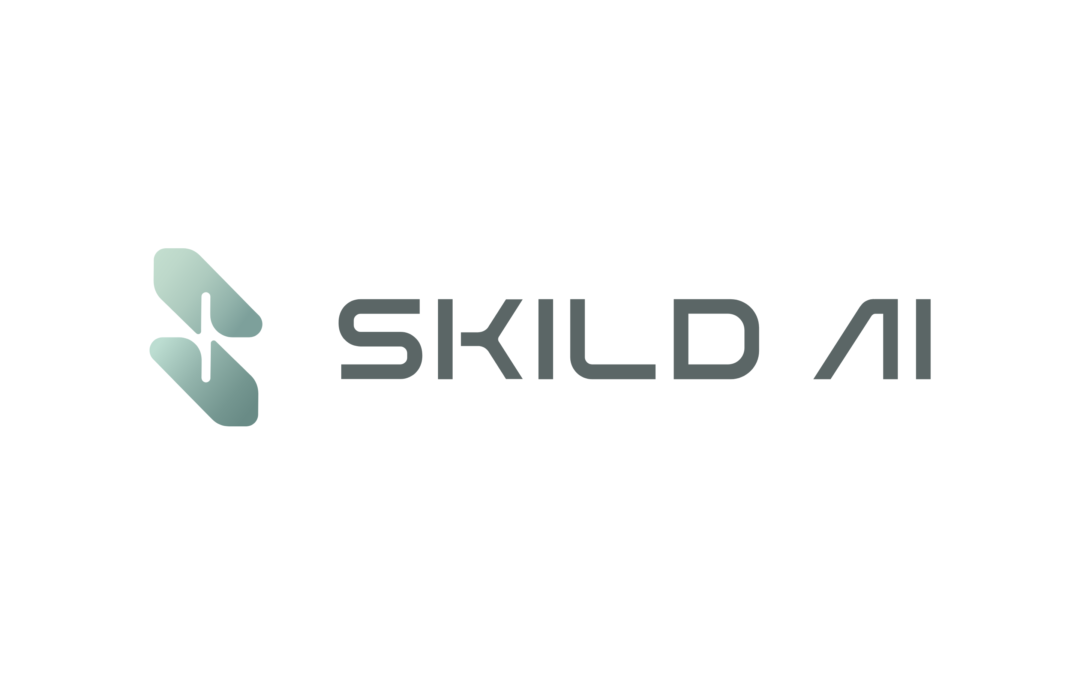
Spotted In The Wild – Skild.Ai
 Spotted In The Wild features live websites presently using .Ai domain extension
Spotted In The Wild features live websites presently using .Ai domain extension
Content Summary: ChatGPT I Logo: Respective Website Owners

 Spotted In The Wild features live websites presently using .Ai domain extension
Spotted In The Wild features live websites presently using .Ai domain extension
Content Summary: ChatGPT I Logo: Respective Website Owners

The integration of living human skin cells into robots represents a groundbreaking advancement in the field of robotics, aiming to transform human-robot interactions by enabling machines to display emotions and communicate in a more human-like manner. This technology promises to bridge the gap between artificial and biological entities, making robots more relatable and easier to interact with across various settings.
One of the most significant implications of this development is in the healthcare industry. Human-like robots could provide essential support and comfort to patients, especially those requiring companionship or assistance in medical environments. These robots, equipped with the ability to emote and respond to human expressions, can create a more empathetic and supportive atmosphere, potentially improving patient outcomes and overall well-being.
Beyond healthcare, the cosmetics industry stands to benefit from this technology as well. The ability to recreate wrinkle formation on a small scale using living human skin cells allows for more accurate testing of skincare products. This advancement can lead to the development of more effective treatments for preventing or improving wrinkles, enhancing the efficacy of cosmetic products and providing better results for consumers (Popular Science) (Laughing Squid).
The technology involves using advanced bioengineering techniques to grow and maintain living human skin cells on robotic structures. This process includes creating a suitable environment for the cells to thrive and ensuring that the robotic system can mimic the mechanical properties of human skin. By integrating these living cells, robots can exhibit more natural and nuanced facial expressions, making interactions with humans more seamless and intuitive.
Moreover, the potential applications of this technology extend beyond healthcare and cosmetics. In educational and customer service settings, human-like robots can improve engagement and communication by providing a more lifelike and responsive presence. This can enhance the learning experience for students and create a more satisfactory customer service experience in various industries.
In summary, the development of robots with living human skin cells marks a significant step forward in human-robot interaction. By enabling robots to emote and communicate more naturally, this technology can improve their relatability and effectiveness across multiple sectors, including healthcare, cosmetics, education, and customer service. The ability to closely mimic human expressions and responses opens up new possibilities for the integration of robots into everyday life, enhancing their utility and acceptance (Popular Science) (Laughing Squid).
Content Summary: ChatGPT I Logo: Respective Website Owners